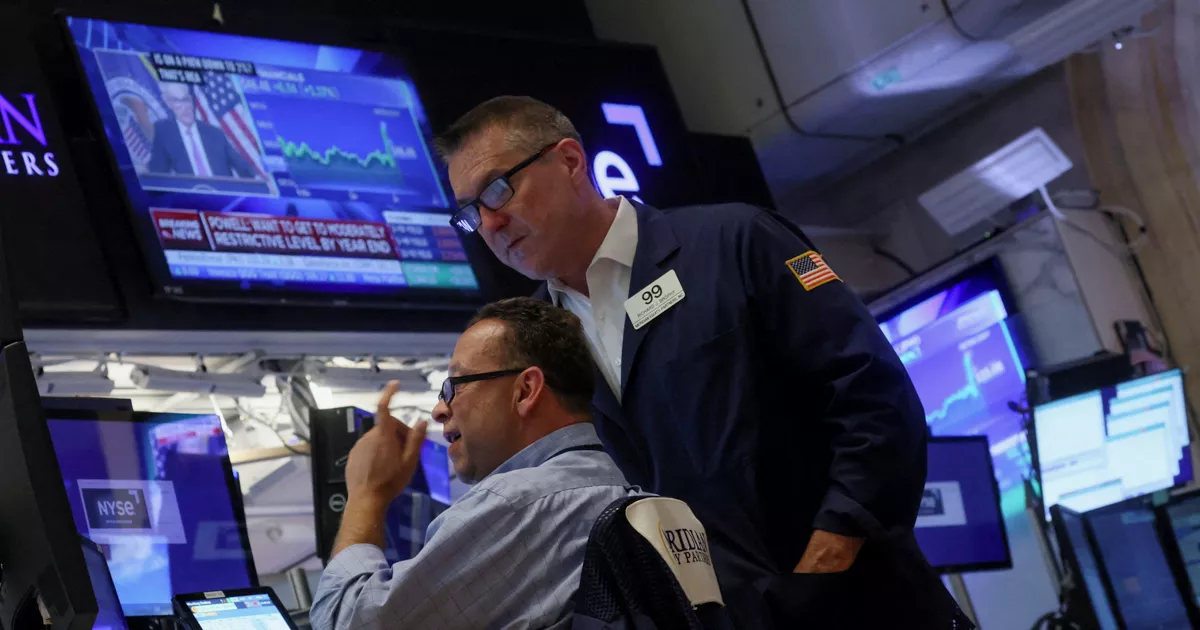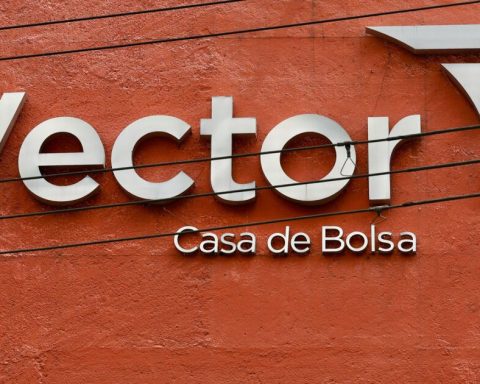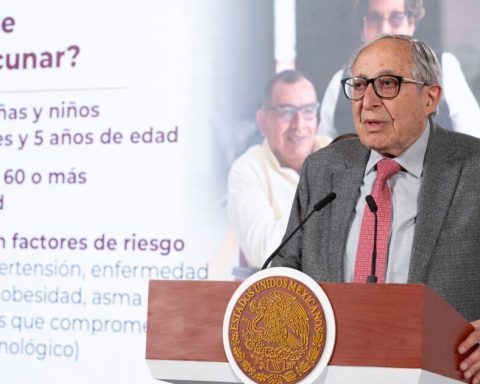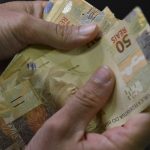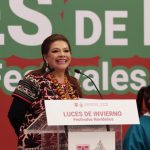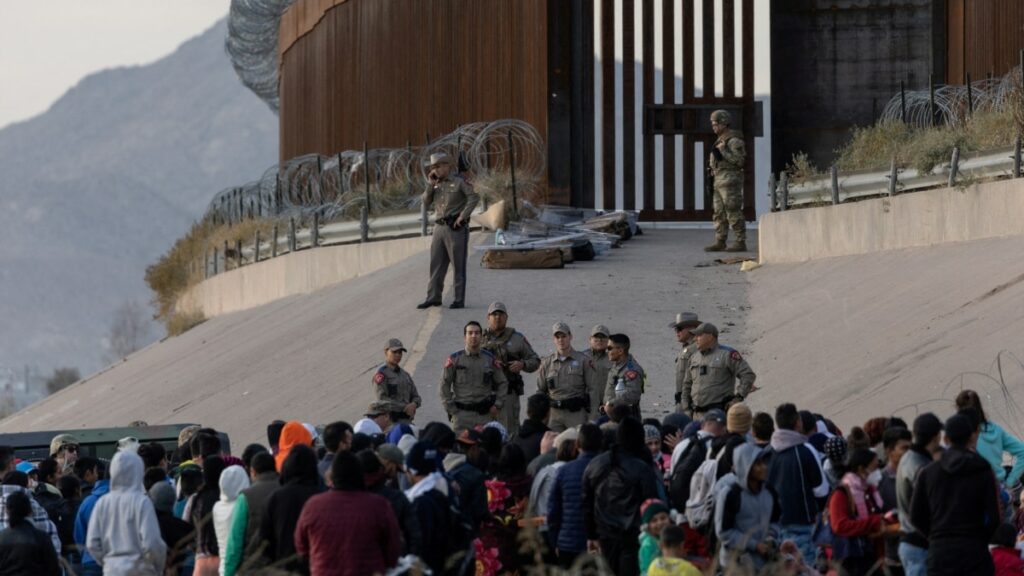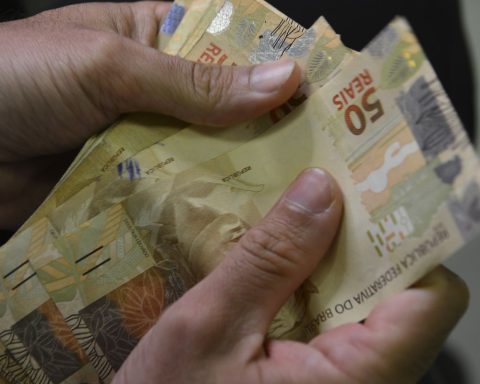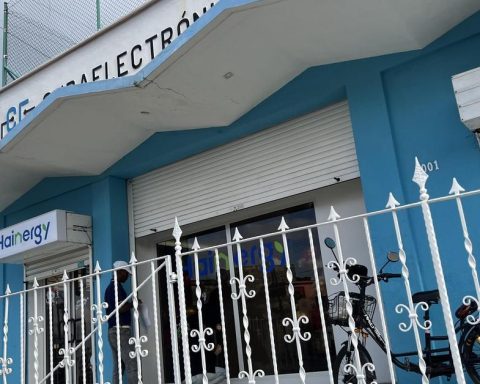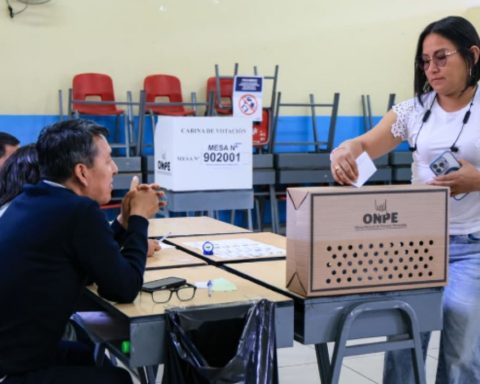Minutes of the meeting, released on Wednesday, showed that policymakers remained focused on reining in rising prices, which were threatening to spike higher than expected, and that they were concerned about any “misperception” in markets. financiers about their commitment to fighting inflation.
But they also acknowledged that they had made “significant progress” last year in raising rates to reduce inflation.
Consequently, the central bank must now balance its fight against rising prices with the risks of slowing the economy too much and “potentially imposing the greatest burdens on the most vulnerable groups” through higher than necessary unemployment.
“Most participants stressed the need to maintain flexibility and options when adopting a more restrictive stance,” according to the minutes, indicating that authorities may be willing to reduce increases to a quarter of percentage point from the meeting of January 31 and February 1.
However, they were also open to an even higher-than-expected “terminal” rate if high inflation persists.
In fact, the minutes emphasize explaining that the decision to raise rates less should not be interpreted by investors or the general public as a weakening of the central bank’s commitment to bring inflation back to the 2% target. .
“The participants reaffirmed their firm commitment to bring inflation back to the 2% target set by the Committee (Federal Open Market),” the minutes state.
“Several participants stressed that it would be important to communicate clearly that a slowdown in the pace of rate hikes was not indicative of any weakening of the Committee’s resolve to achieve its price stability objective,” they added.
The Fed decided on a half percentage point rate hike at last month’s meeting, a step back from three-quarter percentage point hikes for much of 2022.
“No participant anticipated that it would be appropriate to begin lowering the federal funds rate target in 2023,” the minutes added.
